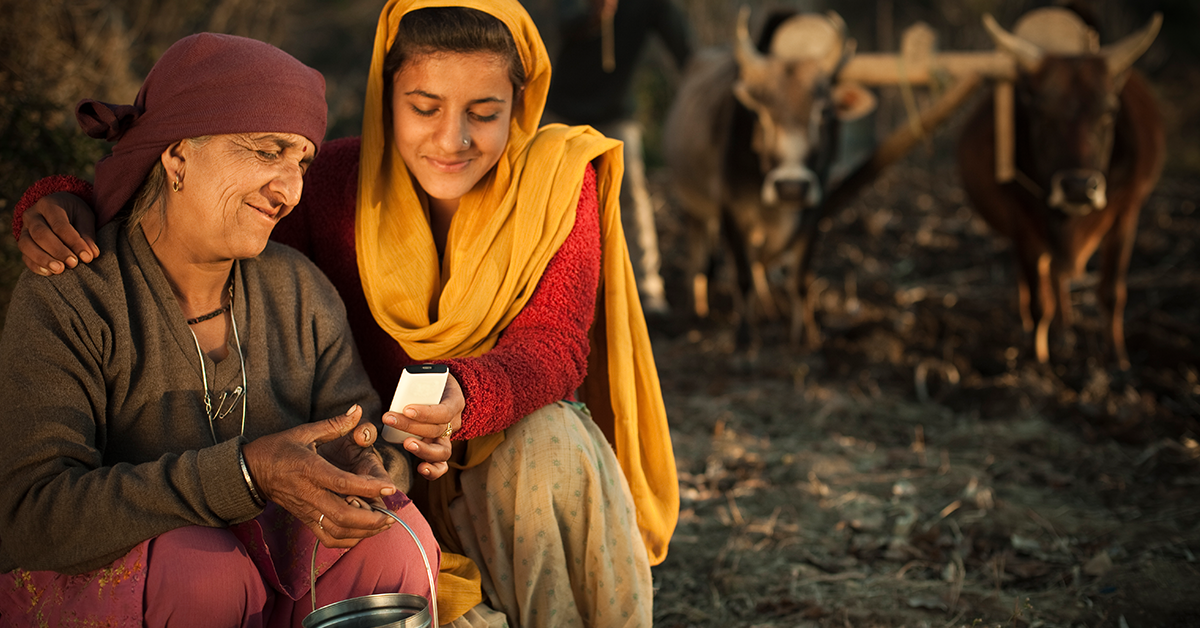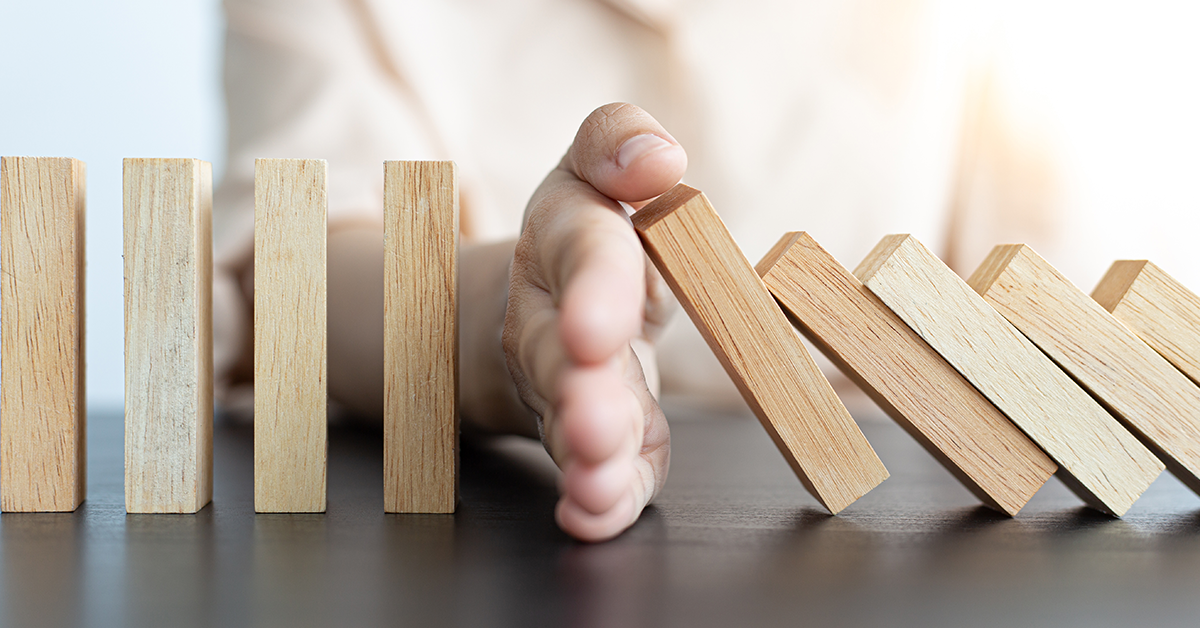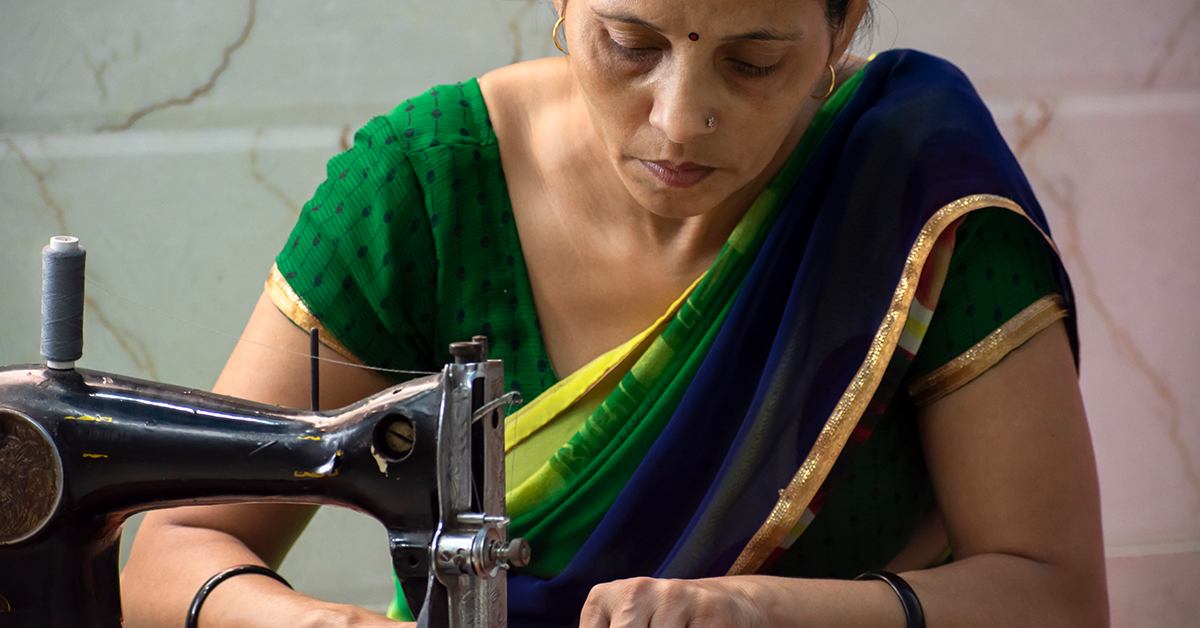Most of us have slipped, tripped or fallen over at one time or another. As we get older, falls become more common and the likelihood of injury increases. One third of people over the age of 65 will have a fall each year, and the risk of falling increases as you get older.1
A fall is one of the most common ways you can fracture a bone. Debilitating fractures such as a hip fracture often result in people not being able to live independently and may need to move to a nursing home or care facility. In addition, the experience of falling can result in patient’s feeling less in control and feeling afraid of falling again.2
As you grow older, changes in your body such as vision problems, weakening muscles and stiffening joints can increase your chance of falling. Falls can also be a sign of a health issue, medication side effect or balance problems. Even short-term illness (such as the flu and other infections) or surgery can temporarily increase your risk of falling. It is important to talk to your doctor about any falls you have. Don’t just dismiss them as ‘not concentrating’ or ‘clumsiness’.3
The good news is that many falls are preventable and there is plenty of help and support available for older people.
Here are some great strategies to improve your health and help reduce your risk of falling:3
Exercise: resistance training and balance exercises improve balance and coordination to reduce your risk of falling. A physiotherapist can help to develop a program that will work for you.
Health review: go over any health conditions and prescription medicines with your doctor, as some medicines can cause side effects such as dizziness.
Eyesight check: bad eyesight can mean you can’t see your surroundings properly, so get your eyesight tested regularly by an optometrist.
Nutrition: healthy eating can improve your muscle strength and general health, a nutritionist can also help.
Fall-proof your home: reduce hazards such as loose carpets, ensure stairwells are well lit and use non-slip mats in bathrooms and the kitchen. An occupational therapist or health visitor can help you to identify other trip hazards.



References – Calcium & bones – What you need to know
1 Healthy Bones Australia. Calcium and bone health. healthybonesaustralia.org.au.
2 International Osteoporosis Foundation. The Asia Audit: Epidemiology, costs and burden of osteoporosis in Asia 2009. 2009. osteoporosis.foundation/audits.
3 Shea B, et al. Endocr Rev 2002;23:552–59.
4 International Osteoporosis Foundation. Serve up bone strength throughout your life. 2015. osteoporosis.foundation/educational-hub/material/brochures.
5 Healthy Bones Australia. Vitamin D and bone health. healthybonesaustralia.org.au.
6 International Osteoporosis Foundation. Vitamin D. osteoporosis.foundation/patients/prevention/vitamin-d.
7 International Osteoporosis Foundation. Love your bones: Protect your future. 2016. osteoporosis.foundation/educational-hub/material/brochures.